Forklifts and other powered industrial vehicles are the mainstay of moving
materials in the industry. Their safe operation is key which is why standards for
training and evaluation of drivers can be so stringent. Second to operational
safety, load stability is probably the second most important factor to ensure the
safe moving of materials with this equipment.
Main Points
Off-centre loads, overloading, loading damaged or loose loads, and driving at excess speeds are
the primary causes of unsafe, unstable loads that lead to accidents. Here are the steps you
need to take to ensure a load and safe forklift load capacity for any forklift task:-
Handling a Load
• Secure the load so it is stable and can’t move around. Don’t try to pick up damaged loads
unless it has been secured by wrapping or banding
• Ensure the load is a centred as possible on the forklift. When it is impossible to avoid
carrying an off-centre load, arrange it so the heaviest part is nearest to the front of the
wheels. The forklift load capacity resource should only be used whenever the manufacturer’s
recommended max load figures aren’t available. Always consult with your safety supervisor
for unusual heavy load forklift transport.
• Do not exceed the capacity of your forklift
• Use the load extension backrest when needed
Approaching the Load
• Approach the load carefully and slowly. Tip-overs often occur when the driver is moving too
fast
• Ensure the forklift is directly in front of the load and is centre to it, so the forks are at the
correct height
• Set the direction control to neutral
• Only raise the forks if the forklift is stopped and the brake is set
• Before picking up the load, ensure your overhead is clear
Adjusting the Fork Positions
• Level the forks before lifting a load
• Place the forks as far under the load as possible
• Centre the weight of the load between the forks. You can adjust the forks manually or with a
fork positioner
• Tilt the mast back to stabilize the load
Lifting the Load
• Ensure there is adequate overhead clearance before lifting the load
• Slowly lift the load and tilt the mast backward slightly to stabilize it
• Slowly return the lift control to the neutral position
Lowering the Load
• Ensure the load is secure
• Tilt the mask back carefully to stabilize the load
• Slowly move the forklift away from the stack
• Stop the truck and return the mast to the vertical position before lowering the load
• Lower the load so that the lowest Point is 15 to 20 cm from the floor


